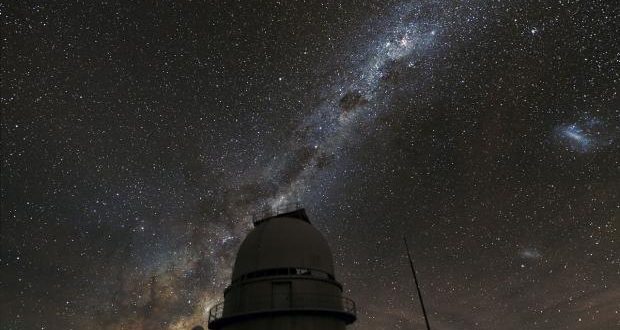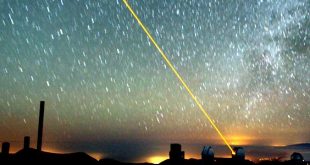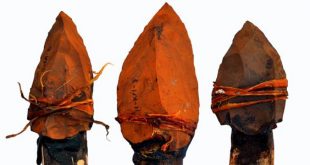Using a technique first theorized by Einstein to predict the presence of black holes, an international team of astronomers have found every star in the Milky Way Galaxy’s got at least one planet orbiting it.
Using a technique first theorized by Einstein to predict the presence of black holes, an international team of astronomers have found every star in the Milky Way Galaxy’s has at least one planet orbiting it. The researchers say this is the rule, not the exception.
“Yes, [Gravitational microlensing’s] based on Einstein’s equations, but it’s even more than that,” Arnaud Cassan, study co-author and researcher at the iInstitut d-Astrophysique in Paris, France, told Science-Fare.com. “Einstein himself had first predicted the method we’re using to find planets, would work theoretically.”
And it seems to work well. Using the technique, which helps detect planets that are further away from their stars – some, as many as ten times as a far away from their sun as we are from ours – it was determined there are a minimum of 10 billion planets in our galaxy.
“Every time you see a white dot in the sky, you can think there are one or more planets around it too,” Cassan said.
The majority of them, researchers say, are either super-Earths, between five and ten times the size of our own planet, or cool-Neptunes, which are as many as 30 times the size of earth. The remainder are gigantic, Jupiter-mass planets, as many as ten times the size of Jupiter – or 3,000 times the size of Earth!
Here’s how gravitational microlensing works – and why it works so well for planets that are further from their star.
Consider a solar eclipse. As the moon passes in between the earth and the sun, it blocks some of the light and it gets darker outside. Now, if you were to replace the moon with another star and watch the same eclipse, it would actually get brighter outside – a reverse eclipse.
Now, consider the limits of the transit method. It doesn’t work for planets that are far away from their star because the change in light is just so dim, it’s not measurable.
What microlensing does, however, is brighten the area, allowing researchers to measure that change and obtain the same information as the traditional transit method.
“The larger region you’re able to probe, the greater chance of finding planets,” Cassan said.
The results of the six-year survey were published in the latest issue of the Journal, Nature.
 Science Fare Media Science News – Upgraded
Science Fare Media Science News – Upgraded




